Problems
On the sides of the equilateral triangle \(ABC\) three points \(D,E,F\) are chosen in such a way that the
following ratios of lengths hold: \[AD:DC =
CF:FB = BE:AE\] Prove that the triangle \(DEF\) is also equilateral.
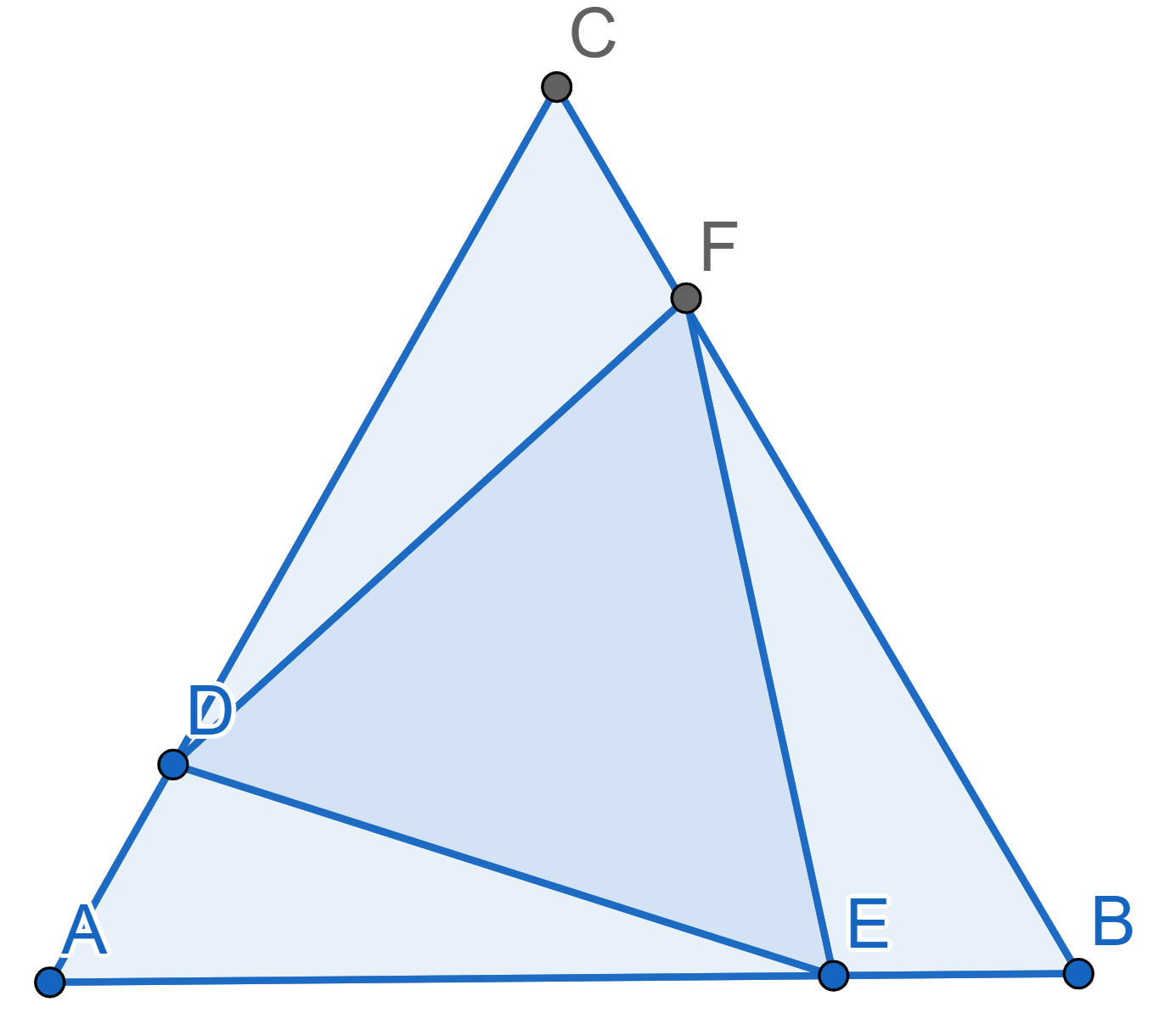
Two circles with centres \(A\) and
\(C\) intersect at the points \(B\) and \(D\). Prove that the segment \(AC\) is perpendicular to \(BD\). Moreover, prove that the segment
\(AC\) divides \(BD\) in half.
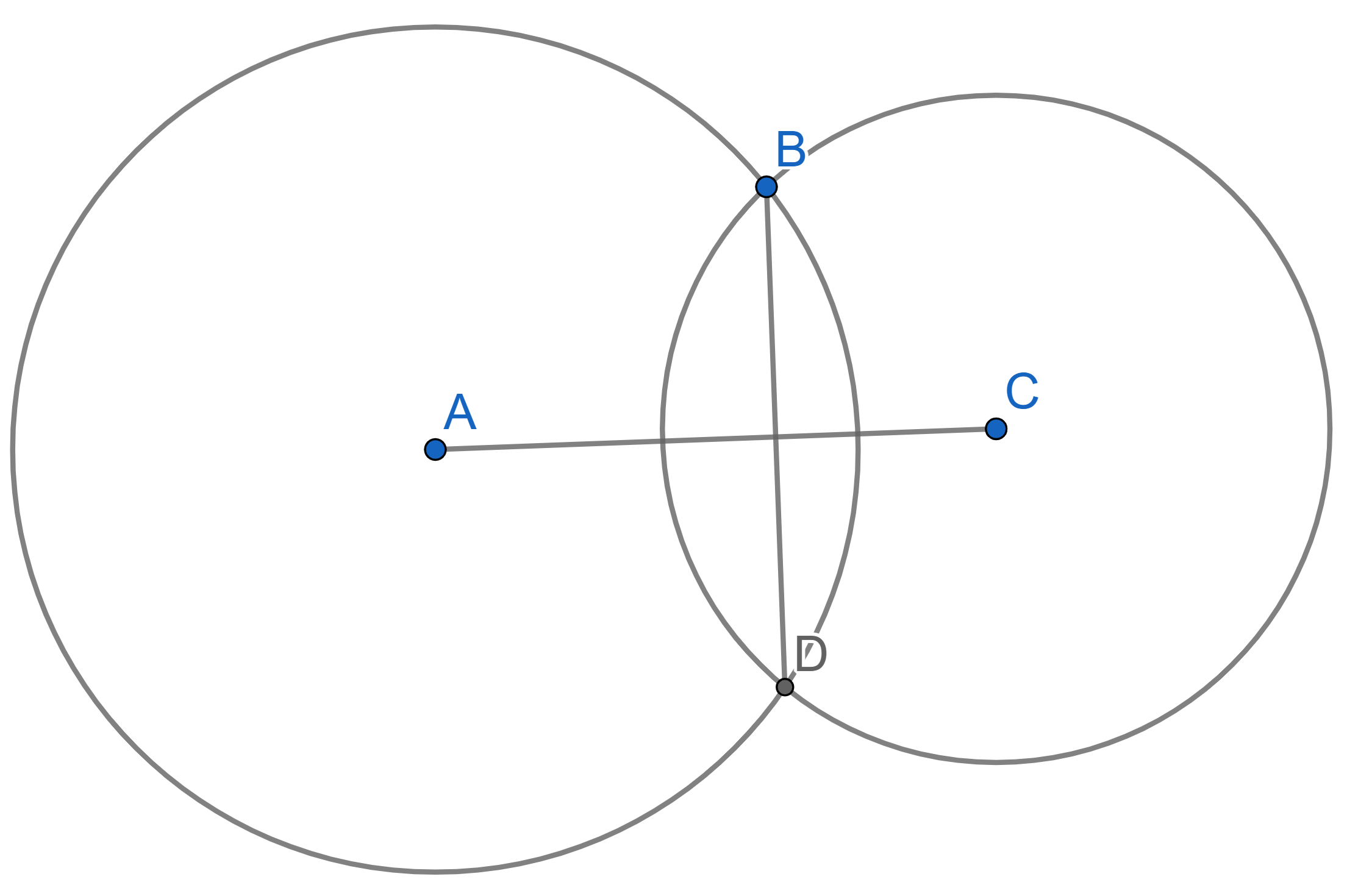
For two congruent triangles Prove that their corresponding heights are equal.
The sides \(AB\) and \(CD\) of the quadrilateral \(ABCD\) are equal, the points \(E\) and \(F\) are the midpoints of \(AB\) and \(CD\) correspondingly. Prove that the
perpendicular bisectors of the segments \(BC\), \(AD\), and \(EF\) intersect at one point.
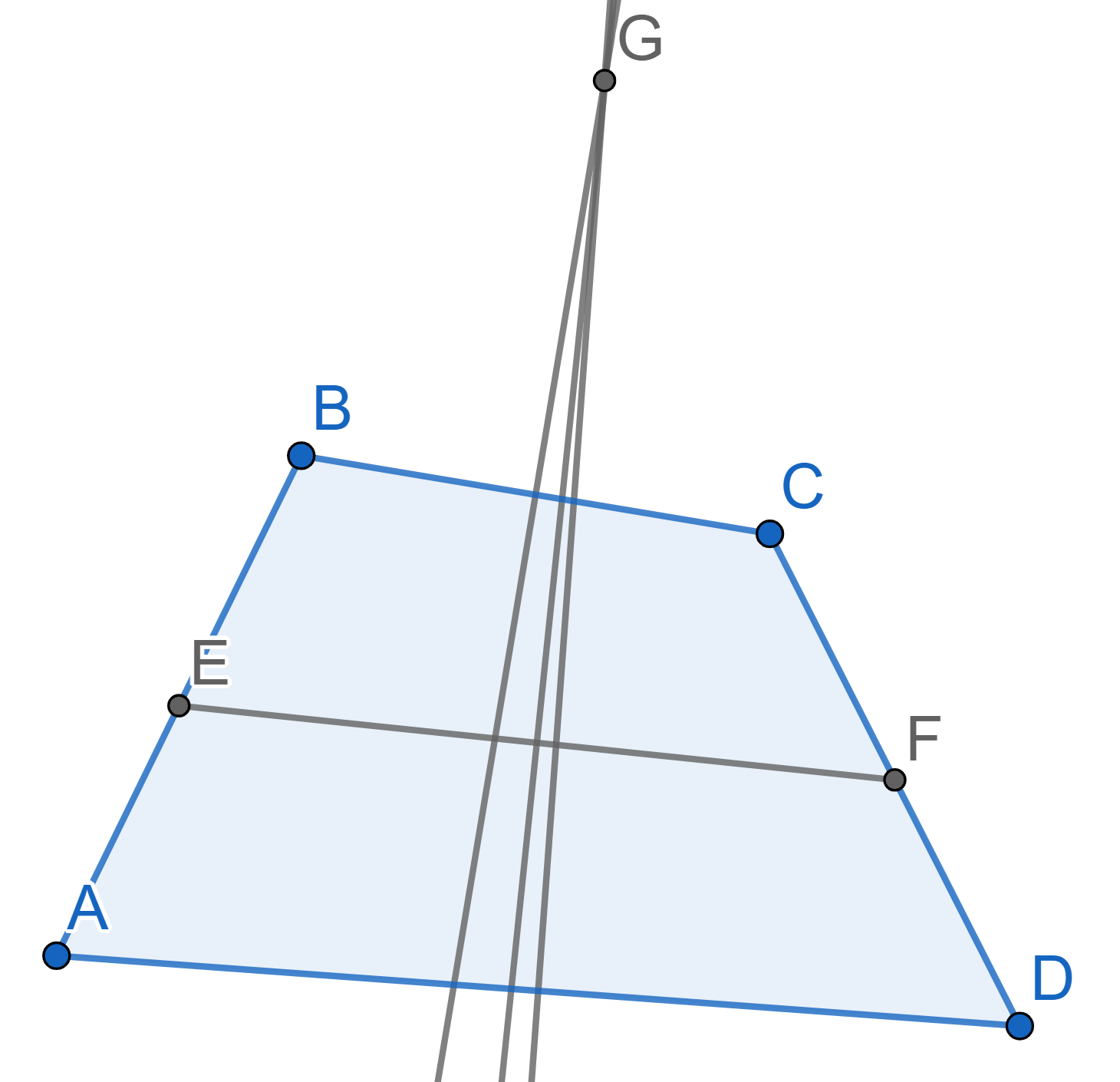
In the triangle \(ABC\) the heights \(AD\) and \(CE\) intersect at the point \(F\). It is known that \(CF=AF\). Prove that the triangle \(ABC\) is isosceles.
In the triangle \(ABC\) the angle
\(\angle ABC = 120^{\circ}\). The
segments \(AF,\, BE\), and \(CD\) are the bisectors of the corresponding
angles of the triangle \(ABC\). Prove
that the angle \(\angle DEF =
90^{\circ}\).

In the triangle \(ABC\) the lines
\(AE\) and \(CD\) are the bisectors of the angles \(\angle BAC\) and \(\angle BCA\), intersecting at the point
\(I\). In the triangle \(BDE\) the lines \(DG\) and \(EF\) are the bisectors of the angles \(\angle BDE\) and \(\angle BED\), intersecting at the point
\(H\). Prove that the points \(B,\,H,\, I\) are situated on one straight
line.
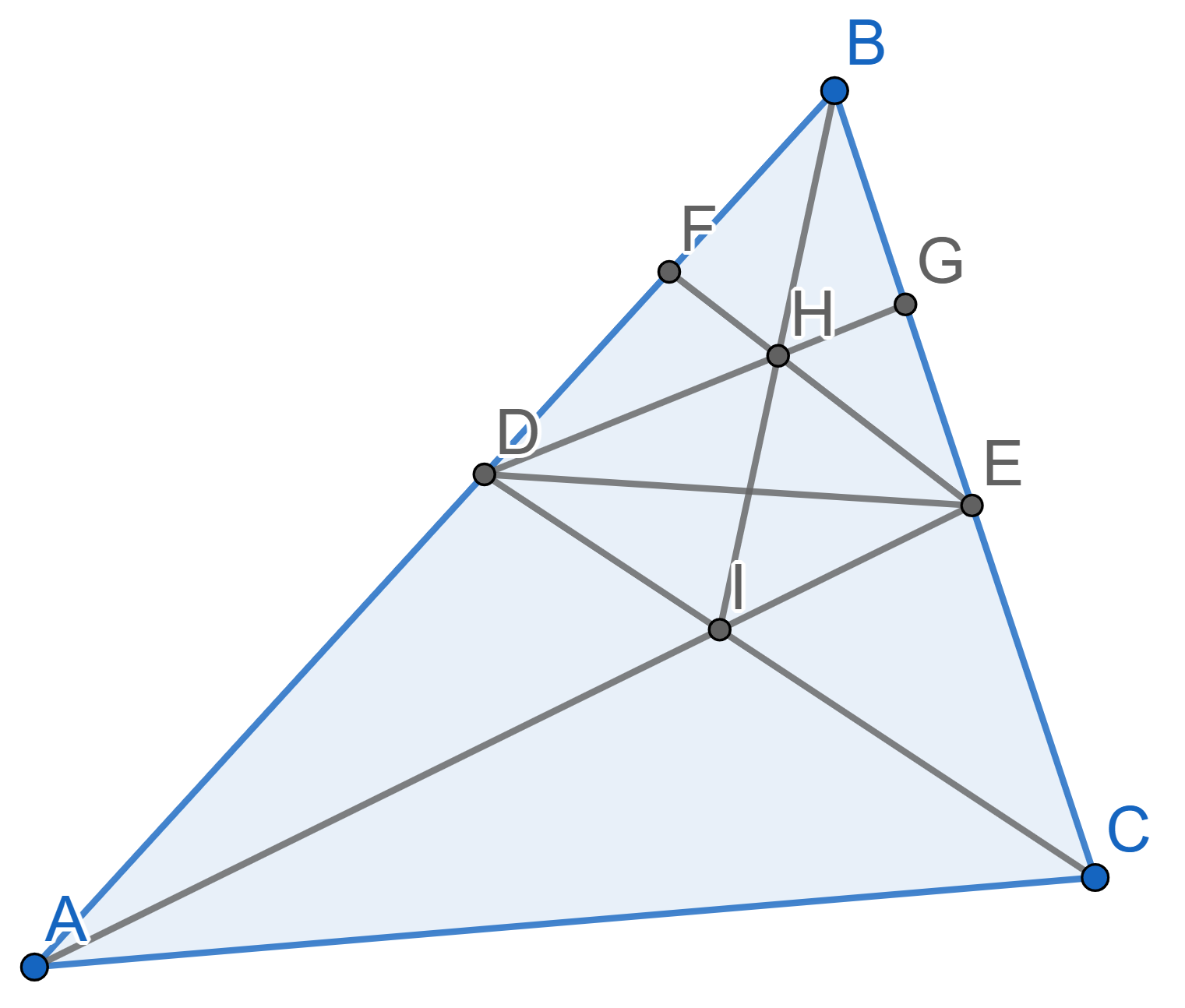
In the triangle \(ABC\) the points
\(D,E,F\) are chosen on the sides \(AB, BC, AC\) in such a way that \(\angle ADF = \angle BDE\), \(\angle AFD = \angle CFE\), \(\angle CEF = \angle BED\). Prove that the
segments \(AE, BF, CD\) are the heights
of the triangle \(ABC\).
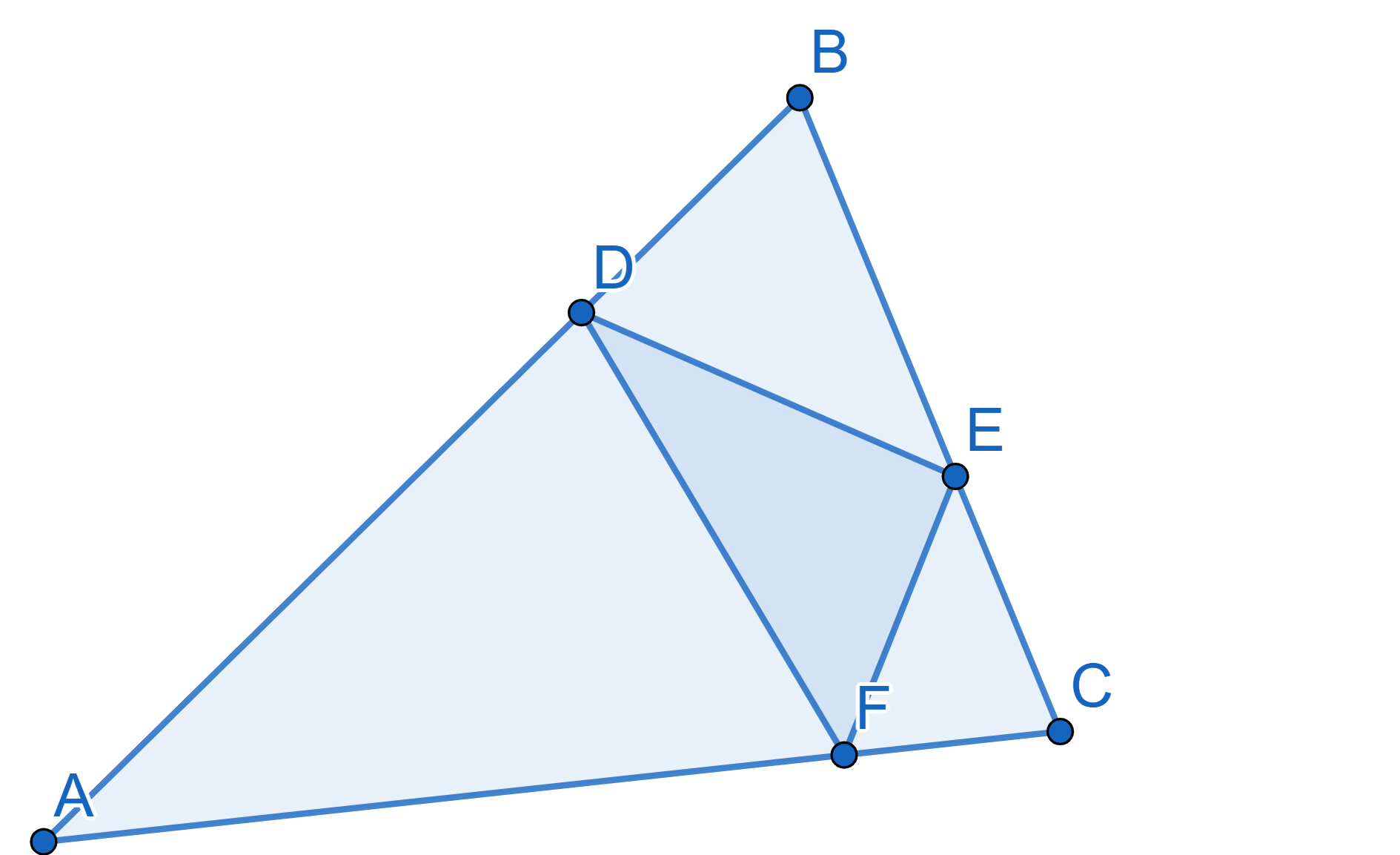
Can you cover a \(10 \times 10\) board using only \(T\)-shaped tetrominos?
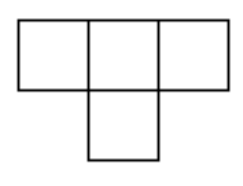
A broken calculator can only do several operations: multiply by \(2\), divide by \(2\), multiply by \(3\), divide by \(3\), multiply by \(5\), and divide by \(5\). Using this calculator any number of times, could you start with the number \(12\) and end up with \(49\)?